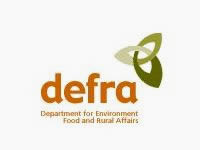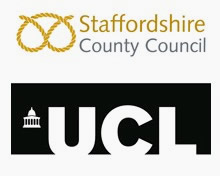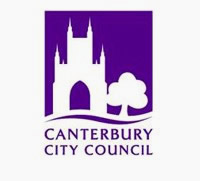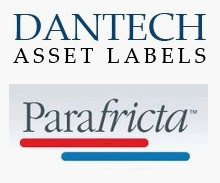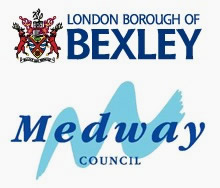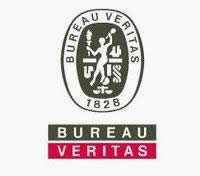Varieties of Park and Public Space Signage
21/02/2012
If you’ve ever been to a park or heritage site you’ll undoubtedly have seen plenty of signs about. Different types of park signs, however, serve different purposes. Park maps, information or bulletin boards, educational panels (also called interpretation boards) and waymarking posts are all common examples of signs used in public areas like parks.
Maps are often placed at the entrances to parks but within their boundaries, as well as along pathways at set distances. Park maps and heritage site maps are often used to enhance the experience of visitors as well as providing an interesting diversion and educational resource while walking about. Some facilities will also offer specially designed visitor guides which people can carry about with them and then take away afterwards for use on repeat visits or just as a souvenir.
The most useful park maps cover the entire park, marking the boundaries, street connections, walking routes and various facilities. To reach out to visitors who may not be familiar with some of the site’s activities, information signs or bulletin boards are an excellent resource for reaching out to visitors and encouraging them to participate more in activities at the park. Outdoor noticeboards are also an invaluable communication tool for any upcoming events which it is important for the public to know about, such as meetings, concerts or even management changes and renovation plans.
Many heritage sites and wildlife parks want to show information panels which are both colourful and informative, to educate visitors and help them get a picture of what the area was like in the past, or give a view of plants and animals which may not always be easy to spot naturally. Wildlife information signs are quite common in places like zoos but can fit in just as well in a municipal park, especially when combined with a creative mapping solution to give an all-in-one information sign which can provide good branding for the park, uniting it into a proper public facility rather than just a collection of paths and shrubs.
Directional signs are also immensely important, especially in parks or other sites which cover a large area. Maps are useful, but visitors are far more likely to just look for waysigns for various facilities like toilets or cafes when they need something. As well as being able to direct visitors easily to areas which are of particular interest, waymarking posts and similar directional signs also allow visitors to gain a sense of location within the area which can have an important subliminal message of security during their time there.
For expert help in the design and placement of a wide variety of public sign solutions, get in touch with Fitzpatrick Woolmer today via their website at www.fwdp.co.uk.



